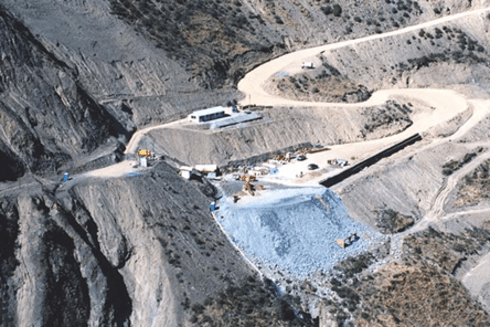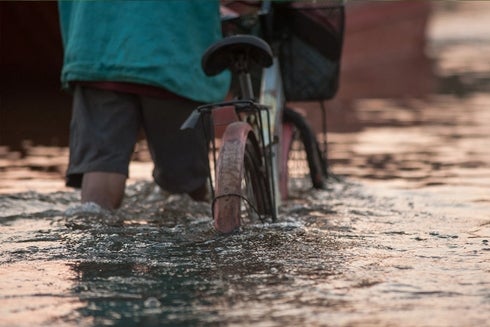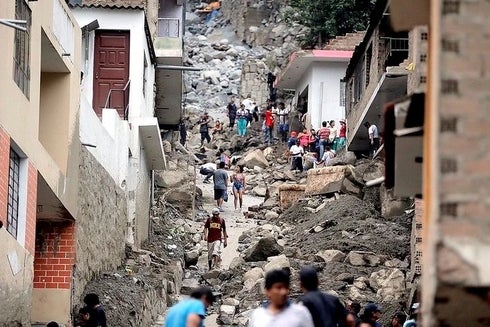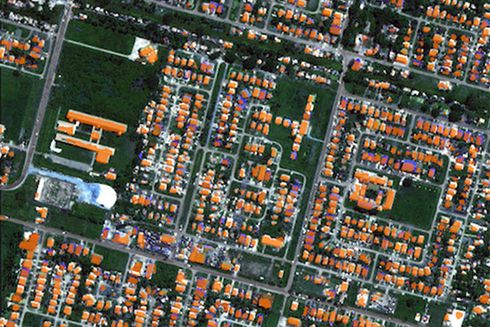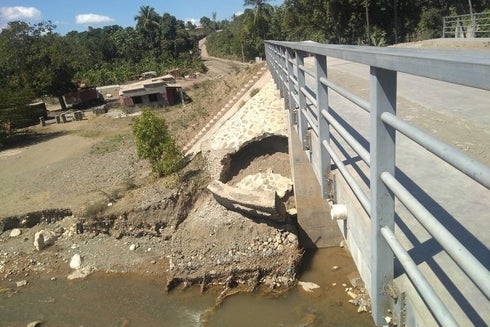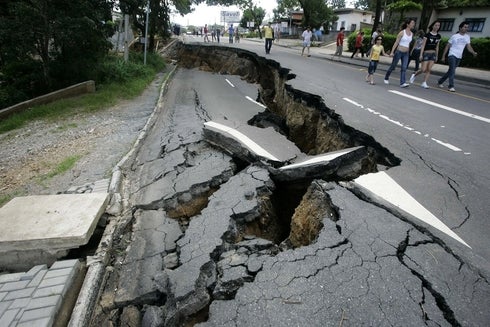The methodology is organized in three phases progressed through the five steps described below:
Screening for natural hazard identification

Links:
Criticality and vulnerability assessment

Links:
Perform a simplified qualitative analysis
Links:
Conduct a detailed qualitative analysis if needed

Links:
Conduct a quantitative analysis if needed

Links:
Screening for natural hazard identification

Links:
Criticality and vulnerability assessment

Links:
Perform a simplified qualitative analysis
Links:
Conduct a detailed qualitative analysis if needed

Links:
Conduct a quantitative analysis if needed

Links:
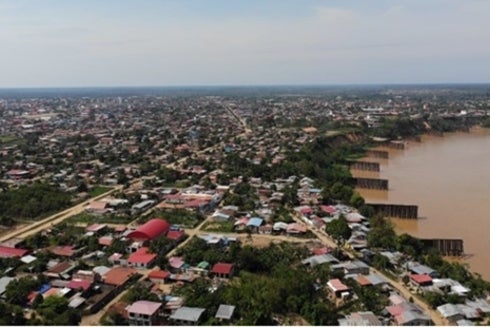
Taking disaster and climate change risks into consideration in the full lifecycle of projects is crucial to increase their resilience. By promoting resilience in projects, IDB is furthering its commitment to improving lives in the LAC region.
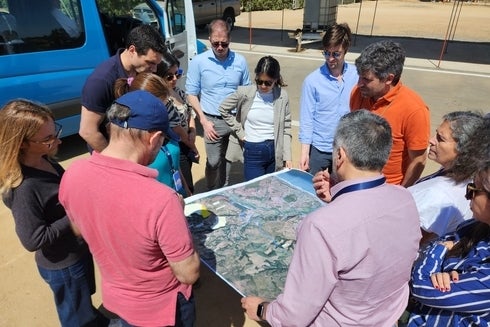
The Methodology is intended as a practical resource that team leaders across sectors, executing agencies, technical experts, and external consulting and design firms can use to integrate disaster and climate change risk considerations at the project preparation and implementation phases as needed.

The IDB is committed to assessing disaster and climate change risks and identifying opportunities for resilience and adaptation measures in the projects it finances. The Disaster and Climate Change Risk Assessment Methodology (DCCRAM) takes a phased approach that allocates resources commensurate with the project risk classification.
The IDB Environmental and Social Policy Framework establishes the requirement of disaster and climate change risk identification, evaluation, and management in its Performance Standard 4: Community Health, Safety, and Security. To that purpose, the IDB brings its DCCRAM to guide and support project teams and decision-makers.
Explore the key documents below:
Explore real-world examples of how the methodology
has been applied to solve challenges and achieve success.
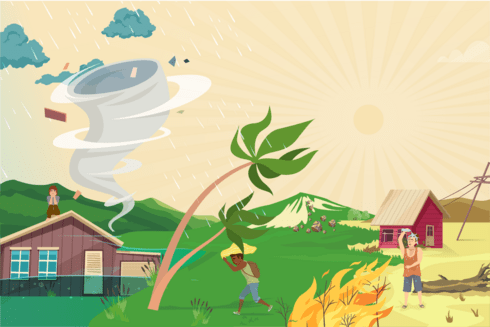
This brief training program will bring you closer to ESPS 4, with a focus on managing the risks caused by natural hazards and climate change.
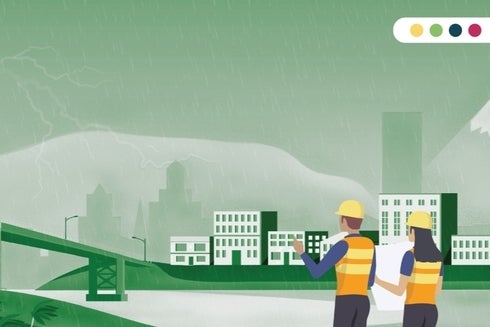
Strengthen your technical and decision-making skills to incorporate disaster and climate change risk analysis techniques into the design of resilient infrastructure projects.
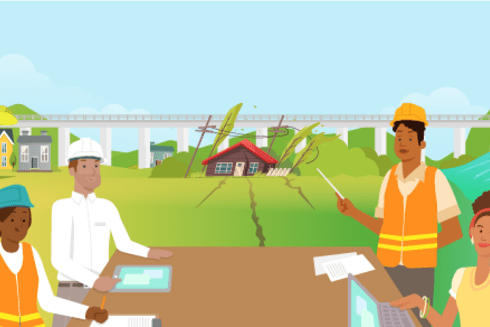
Develop key skills to facilitate Failure Mode Identification Workshops and strengthen infrastructure resilience to natural hazards and climate change.
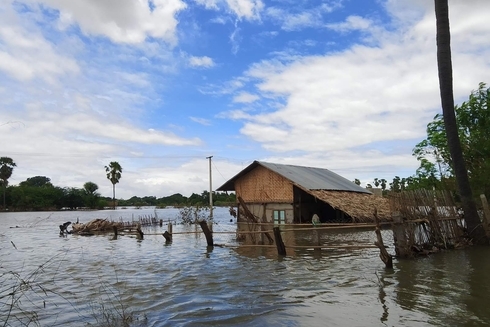
The IDB integrates disaster risk management into sustainable development planning across LAC, emphasizing prevention—through risk assessment, governance, and resilience investment—and effective recovery. Using tools like RiskMonitor, the IDB supports countries in strengthening preparedness, fiscal planning, and institutional capacity to reduce vulnerability to natural hazards.

The IDB is aligning its financial flows with the Paris Agreement to support climate-resilient and low-carbon development in LAC. Through its Paris Alignment Implementation Approach (PAIA), the IDB ensures that new operations are consistent with climate change mitigation and adaptation goals.

